Tokenomics is one of the most important concepts of the cryptocurrency world that has been gaining traction for quite some time now and isn’t showing any signs of slowing down. In the rapidly evolving world of cryptocurrency, tokenomics is essential to understand since they are one of the fundamental components that influence the investors’ or trader’s decision to invest in any particular crypto token.
Definition of Tokenomics
Tokenomics is the study of all the factors that influence the value and utility of a cryptocurrency token. It’s a combination of the words “token” and “economics”, and it covers a wide range of aspects.
Those aspects include factors like the purpose for the creation of the token, how it is supplied, and what its utility is going to be.
We are going to take a look at all the aspects that are included in the study of tokens and how they influence investors’ decisions.
What are Tokens?
The simple definition of tokens is that they are digital assets that represent ownership or rights to access within the blockchain ecosystem. They serve multiple purposes that include granting access to specific platform services and features and getting authority from the blockchain to govern certain decisions. However, the most basic purpose tokens serve is to facilitate transactions in the decentralized world of blockchain.
Types of Tokens
Thousands of tokens can be found in the cryptocurrency realm, each with their unique use cases and the purpose they serve. These tokens can be divided into two types:
- Fungible tokens: These are interchangeable units, like Bitcoin or Ethereum, where each token is identical and indistinguishable from others.
- Non-fungible tokens (NFTs): These are unique and irreplaceable tokens, often representing digital assets like art, collectables, or in-game items.
Both fungible and non-fungible tokens have different categories of tokens that serve different purposes. Now, we will look into what these categories are and how they differ from other types of tokens.
Categories of Blockchain Tokens
There are four main categories into which blockchain tokens can be divided. Each type defines the unique use case the token is serving.
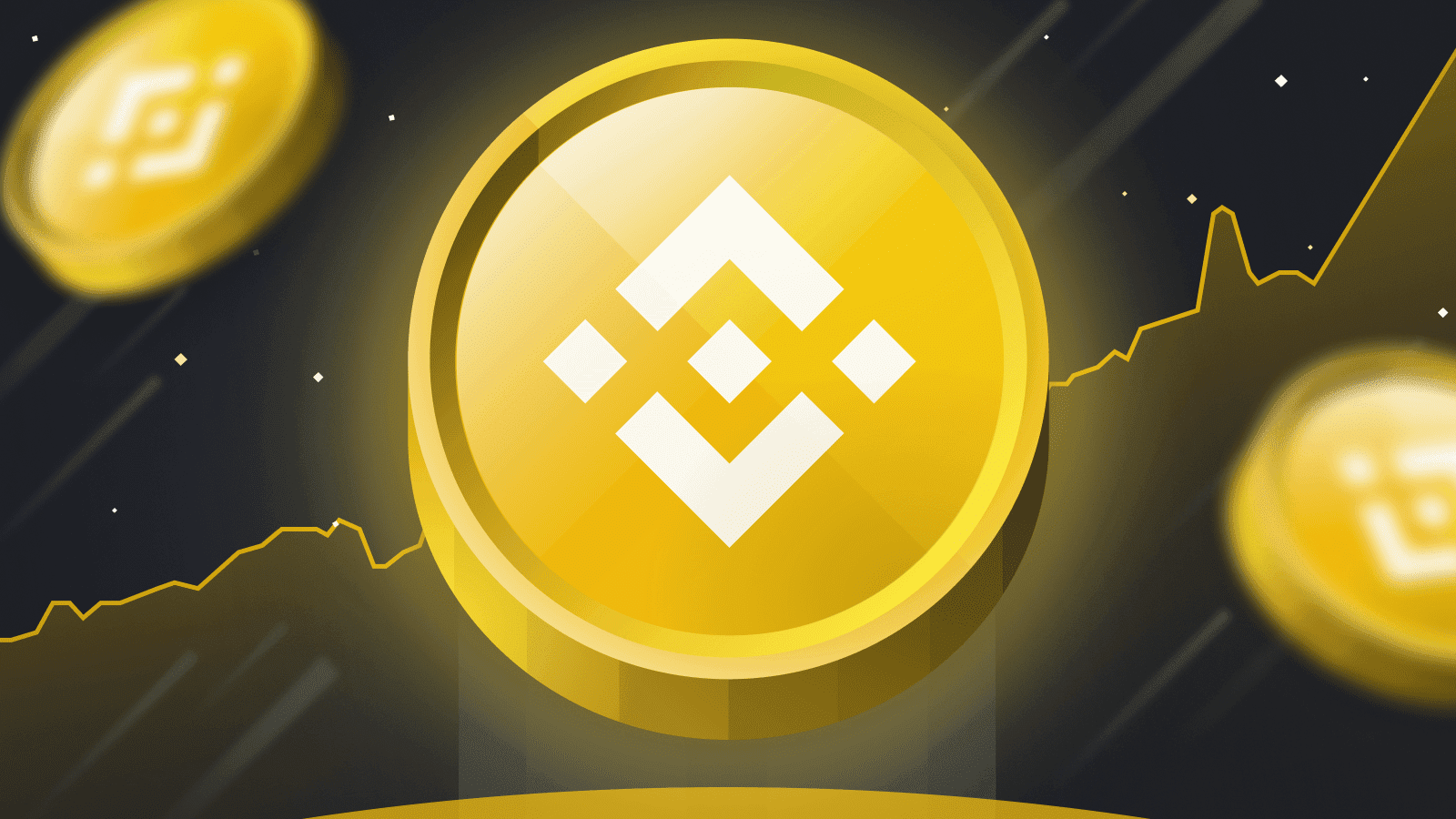
Utility Tokens: Utility tokens are created to provide access to specific functionalities or services within the blockchain ecosystem. They serve as a form of digital ticket that users can utilize to engage with any of the particular products or services for which they are created in the blockchain platform.
For example, Binance Coin (BNB) is the utility token of the Binance platform that grants users access to participation in token sales, discounted trading fees, and use of any of the other services in the Binance platform.
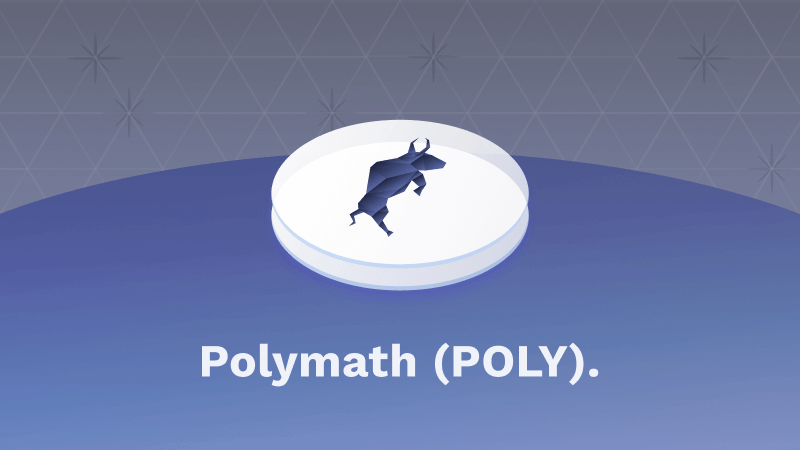
Security Tokens: Security tokens represent the right to own a real-world asset like companies or properties. If you have purchased security tokens, then you are entitled to dividends, revenue shares, or voting rights for the companies for which you have purchased the security tokens. Imagine buying a piece of a company directly from your phone without needing to physically go to a stock exchange.
For example, Polymath (POLY) is a platform designed for creating and managing security tokens. It facilitates the issuance and management of tokenized securities, ensuring compliance with relevant financial regulations.
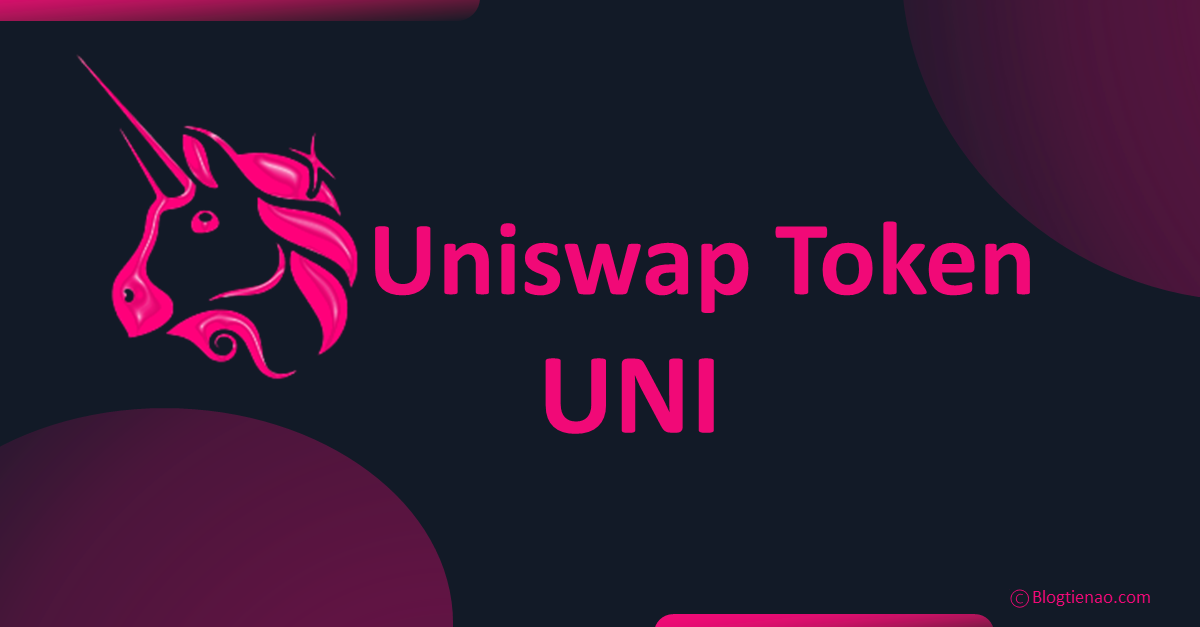
Governance Tokens: Governance tokens are the types of tokens that give their buyers voting rights and decision-making power within the respective blockchain to which they belong. Governance tokens are also necessary assets to hold if you want to influence a decentralized autonomous organization (DAO). These type of tokens enables their holders to control the protocol changes or approve the relevant ecosystem developments.
For example, Uniswap (UNI) is a governance token associated with the Uniswap decentralized exchange. UNI holders can participate in governance proposals, shaping the future direction of the protocol.
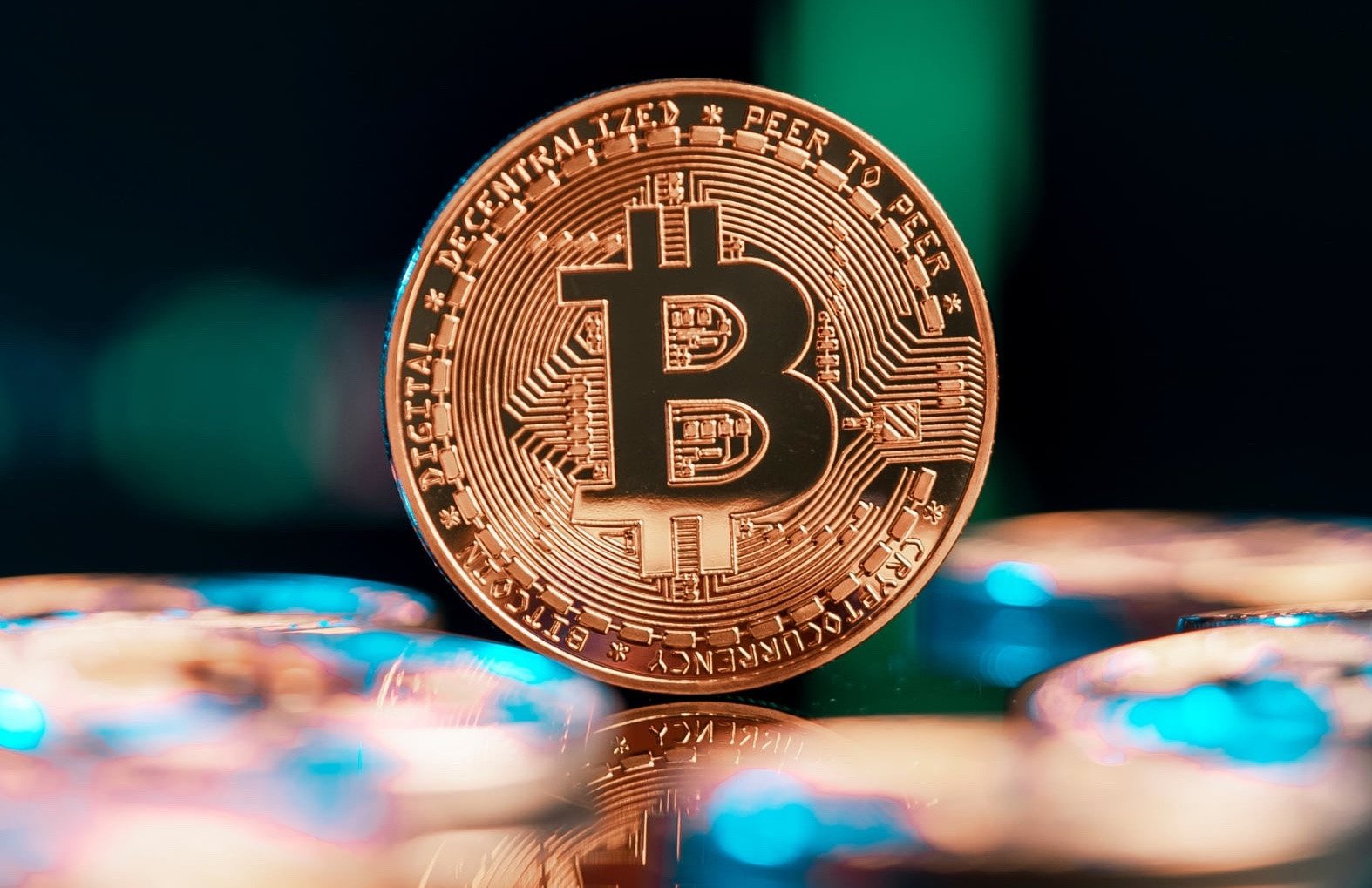
Payment Tokens: Payment tokens are the best-known category of blockchain tokens for everyone who has some affiliation with the crypto world or even those who are new to this space. They function as a digital medium of exchange that allows users to make transactions for goods and services within a blockchain network. Payment tokens often serve as a store of value or a unit of account.
For example, Bitcoin (BTC) is the best-known example of a payment token in the cryptocurrency realm. It enables peer-to-peer transactions on the decentralized network and is widely used as a digital currency for various online and offline transactions.
Total Supply
In the context of tokenomics, total supply refers to the maximum number of tokens that will ever exist for a specific cryptocurrency. This number is crucial because it directly impacts factors like scarcity, potential value, and inflation.
Fixed Supply: Some cryptocurrencies have a fixed supply of tokens. After the pool is exhausted, no new tokens will be created, and the resulting scarcity can prove instrumental in driving the price of the respective tokens.
The most famous example of this scenario is Bitcoin, which has a limited supply of 21 million tokens, after which no new Bitcoin tokens will be minted. Since Bitcoin is considered digital gold and is the pioneer crypto token, its demand is astronomically high, and this drives its price greatly.
Infinite Supply: In models like Ripple, where the total number of tokens is not capped, controlled inflation plays a vital role in keeping the network going. The inflation incentivizes users to support sending and receiving tokens, as they don’t have the same incentive to hoard them for future value.
The active use makes the token more useful and readily available for transactions. Additionally, some of the newly minted tokens can be used to fund the ongoing development and maintenance of the network, ensuring it stays secure and efficient and adapts to new technologies.
Mined Tokens: Mined tokens, such as Bitcoin, distribute tokens gradually through a process called mining, where participants solve complex mathematical problems to validate transactions and secure the network. Miners are rewarded with newly created coins for their contributions, fostering a decentralized approach to token distribution.
The mining process aims to incentivize broad participation in the network, promoting fairness and reducing the risk of centralization by distributing tokens as a reward for ongoing contributions to the blockchain’s integrity and functionality.
Premined Tokens: Premined tokens involve the creation of a predetermined amount before the public launch, with a significant allocation to founders and developers.
Ripple (XRP) serves as an example, facing criticism for its potential to centralize power and wealth, raising concerns about fairness and decentralization. The upfront distribution of tokens to specific individuals can create a perception of inequality, challenging the democratic principles of many blockchain projects.
Distribution Model
A distribution model outlines the allocation and distribution of a cryptocurrency’s total supply among various stakeholders. It essentially answers questions like who gets what portion of the tokens and how they get them.
Understanding the distribution model is crucial for evaluating a project’s fairness, decentralization, and long-term sustainability. There are different methods through which the distribution of tokens can be implemented.
Different key aspects of the distribution model of tokens help provide a framework that allows the community to understand how the total supply of tokens is allocated among various stakeholders. They include:
- Public Sale vs. Private Sale: Public sales offer tokens to the general public, promoting wider adoption and community participation. Private sales typically involve venture capitalists and strategic partners, focusing on initial funding and project development.
- Team Allocation: The percentage of tokens allocated to the team should be reasonable and have clear vesting schedules to ensure long-term commitment.
- Ecosystem Fund: Reserving tokens for the ecosystem fund allows for ongoing development, marketing, and community initiatives.
Burn Mechanisms
Burn mechanisms in blockchain involve purposeful reductions in token supply, contributing to innovative strategies for value management. These intentional burns permanently remove tokens from circulation, influencing token value and establishing self-sustaining mechanisms for inflation control.
There are two main approaches to reduce the supply of tokens:
- Periodic Burns: Regularly burning a portion of tokens reduces the circulating supply, potentially increasing the value of the remaining tokens.
- Transaction Fees: Dedicating a portion of transaction fees to burning tokens can create a self-sustaining inflation control mechanism.
By analyzing all these different factors, investors can gain valuable insights into the potential value and long-term viability of a project based on its tokenomics model.
Importance of Tokenomics Whitepapers
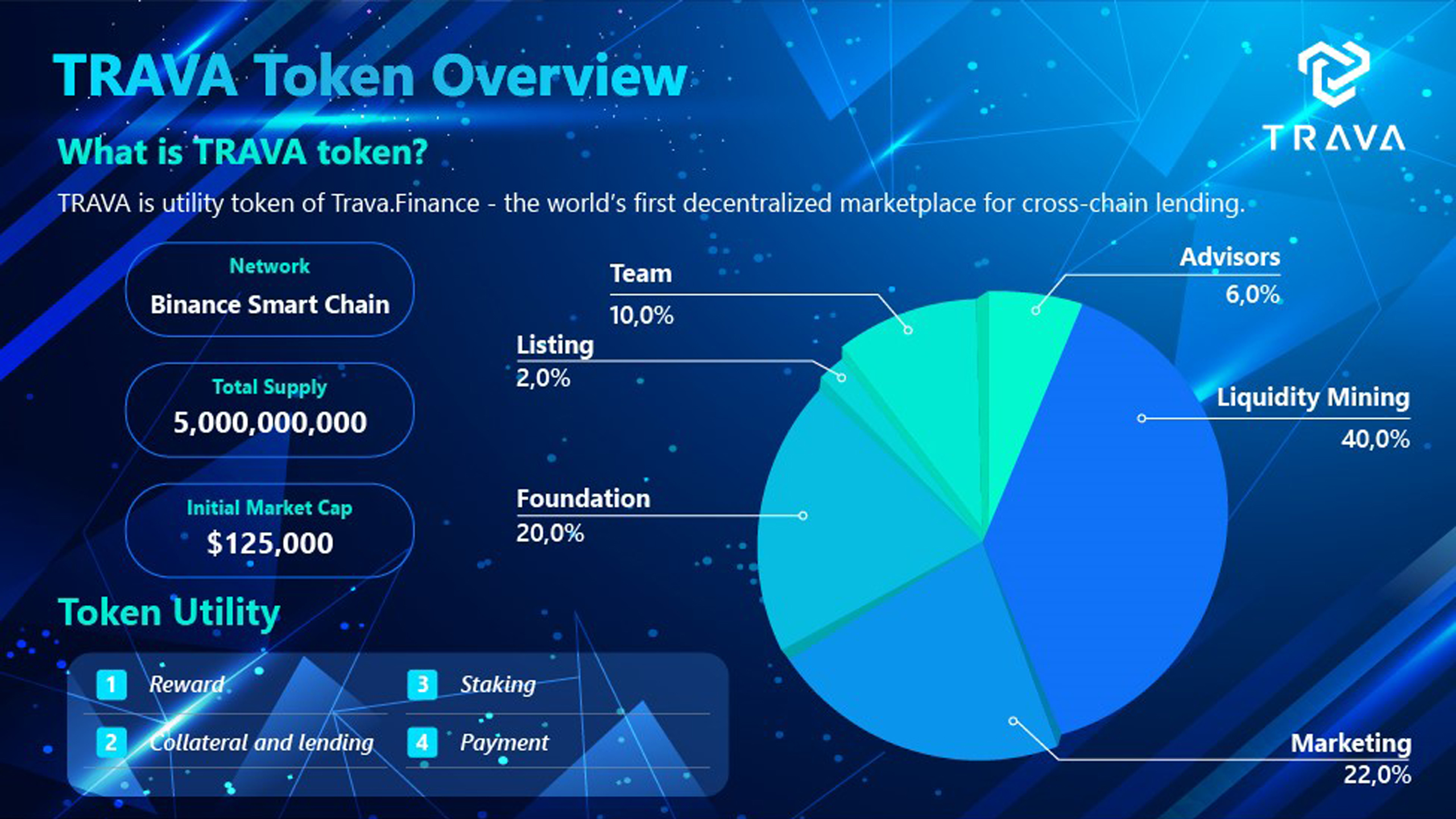
The Tokenomics whitepaper is very important as it helps the potential holders of a crypto token understand the idea behind the project’s inception. The tokenomics whitepaper gives a detailed roadmap of how and why the token was designed and what its utility is, along with the burn mechanism, consensus mechanism, distribution strategy, etc.
Furthermore, it is published to outline the roles of the upcoming tokens, which include facilitating transactions, accessing different features of the platform, or gaining a stake in the network. A well-detailed white paper can prove to be the success of a blockchain project, while a poorly written white paper can cause potential token holders to divert their attention to other projects.
Apart from providing the roadmap for the blockchain project, the whitepaper helps users understand how the token will be distributed among stakeholders. It often addresses crucial aspects such as initial coin offerings (ICOs), token sales, and allocations to founders, developers, and early investors. The transparency and clarity in this information is essential for establishing trust among potential users and investors.
Additionally, the tokenomics whitepaper explains why the cryptocurrency was created and how its value is determined. It covers information like how rare the tokens are, what they can be used for, and what benefits people will get for showing their involvement in the project. A well-constructed tokenomics model makes sure that everyone associated with the project works towards making it more successful as this aligns with their economic goals, therefore making sure that the project becomes long-lasting and sustainable.
Real-World Examples
Tokenomics isn’t just a theoretical concept; it is actively shaping various sectors within the blockchain industry. Let’s explore some prominent examples:
Decentralized Finance (DeFi)

DeFi applications leverage tokenomics to incentivize user participation and facilitate efficient lending, borrowing, and other financial services. Compound, for instance, utilizes its COMP token to reward users for supplying liquidity to its platform.
Similarly, Aave employs its AAVE token for governance purposes, enabling token holders to vote on key platform decisions.
Non-Fungible Tokens (NFTs)

NFTs have revolutionized digital ownership and asset management. Here, tokenomics plays a key role in establishing the scarcity, authenticity, and transferability of these unique tokens.
For example, CryptoKitties is an NFT-based game that utilizes its ERC-721 standard tokens to represent ownership of unique virtual cats. The limited supply and inherent rarity of these NFTs contribute significantly to their value and market demand.
Gaming and the Metaverse

Metaverse is a virtual world powered by blockchain technology and is heavily reliant on tokenomics for enabling in-game economies.
Games like Axie Infinity utilize AXS tokens for purchasing in-game items and participating in governance. Such tokenomics models incentivize player engagement and contribute to the creation of robust virtual economies within the metaverse.
DAO Governance and Decentralized Organizations
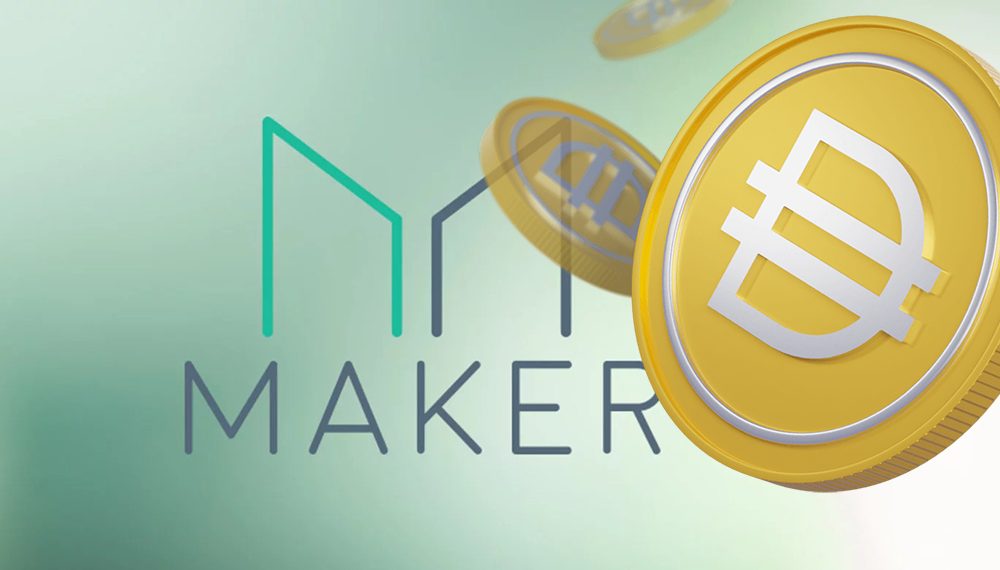
Decentralized Autonomous Organizations (DAOs) are community-driven organizations governed by predefined rules and smart contracts.
Here, tokenomics facilitates voting rights and decision-making processes. MakerDAO, a decentralized lending protocol, utilizes its MKR token to enable holders to vote on platform parameters and key decisions, fostering a collaborative approach to governance.
These examples demonstrate the diverse and impactful applications of tokenomics in different sectors. By understanding how tokenomics drives these real-world cases, we gain a deeper appreciation for its transformative potential across various industries.
Potential Risks of Tokenomics
While tokenomics offers a powerful framework for building successful blockchain projects, it also carries inherent risks. One significant risk is the potential for manipulation. Whales and other large holders can artificially inflate or deflate the price of a token for personal gain.
This can be achieved through techniques such as wash trading, where the same token is repeatedly bought and sold to create a false impression of market activity, or pump-and-dump schemes, where a coordinated effort is made to drive up the price of a token before selling it off at a profit.
Another major risk is the volatility of the cryptocurrency market. The value of tokens can fluctuate significantly, leading to substantial losses for investors. Various factors, such as regulatory changes, news events, and the overall health of the cryptocurrency market, can influence this volatility.
Additionally, the design of the tokenomics model itself can contribute to volatility. For example, a token with a large supply or a high inflation rate may be more susceptible to price swings.
It is important to familiarize yourself with such risks before you embark on your crypto journey. Construct a plan where you conduct your research, do proper risk analysis, and search for relevant risk management techniques before you participate in any crypto-related activities.




